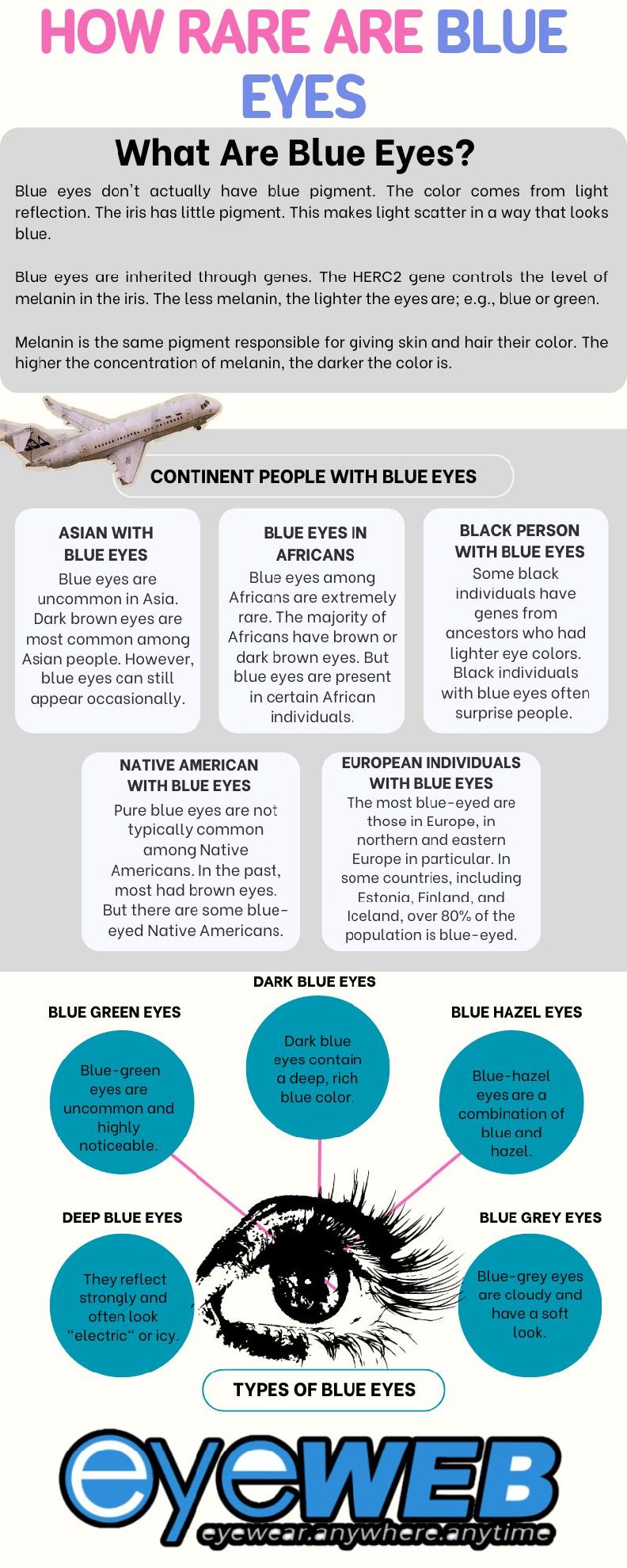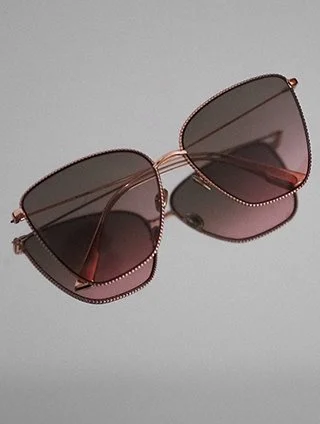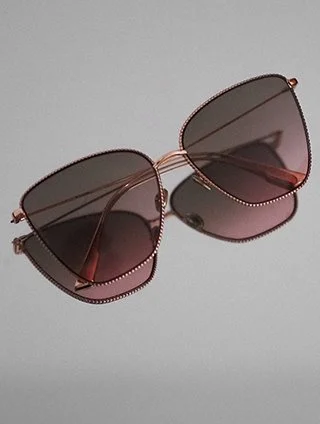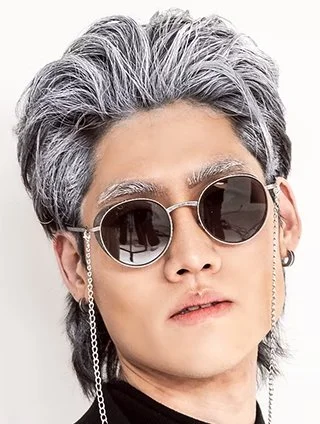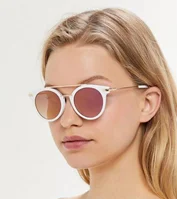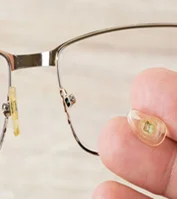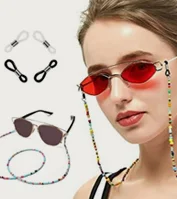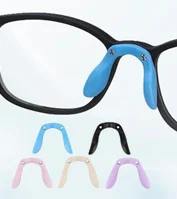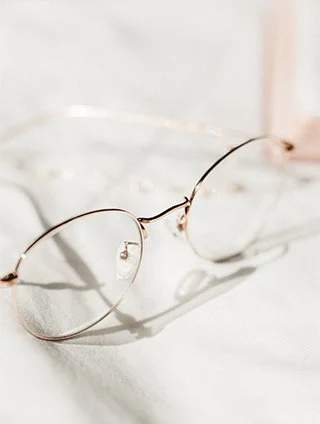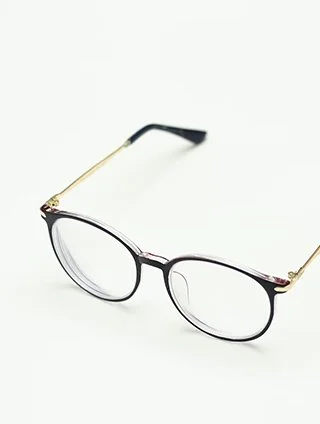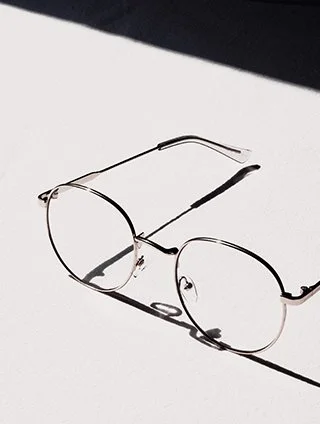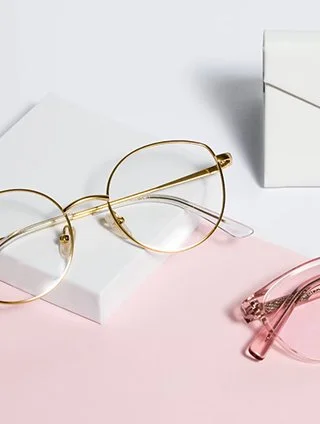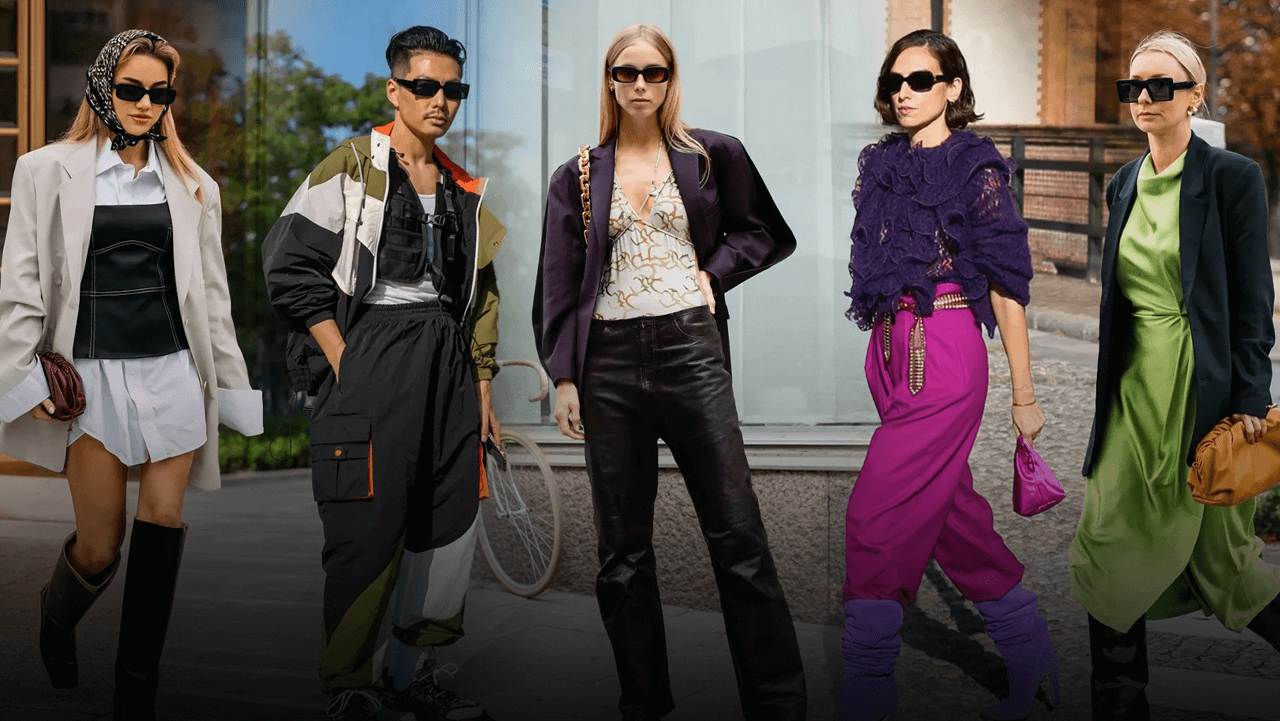Last updated: Tuesday, September 30, 2025
Blue eyes are usually admired. Most people think they are unique and rare. But how rare are they, indeed?
The blue eyes are caused by low melanin in the iris. The light is scattered, and the eyes appear to be blue. No one is born with blue eye pigment.
Blue eyes are present in around 8-10% of the world population. Most of them occur in Europe and its environs. Other continents contain very few blue-eyed individuals.
Blue eyes are common in certain countries. In others, they are virtually rare. Others cannot believe that even people of African or Asian origin may possess blue eyes.
The article will discuss blue eyes, their location, and the varieties of blue eyes. We’ll also look at blue-eyed babies and what glasses suit blue eyes best.
What Are Blue Eyes?
Blue eyes don't actually have blue pigment. The color comes from light reflection. The iris has little pigment. This makes light scatter in a way that looks blue.
Blue eyes are inherited through genes. The HERC2 gene controls the level of melanin in the iris. The less melanin, the lighter the eyes are; e.g., blue or green.
Melanin is the same pigment responsible for giving skin and hair their color. The higher the concentration of melanin, the darker the color is.
Blue eyes are recessive. This means that a person needs to carry the gene of either parent to have blue eyes. This is why blue eyes are not as common as brown eyes.
Blue eyes do not have more power or less power than other eye colors. However, they can respond differently to light and UV rays.
Some blue eyes appear brighter or darker. This depends on lighting and the person’s skin or hair tone.
Continent People With Blue Eyes
Blue eyes are not exclusive to Europe. Individuals of every continent may have blue eyes, but it is uncommon in some areas. Let's see how blue eyes appear around the world.
Asian With Blue Eyes
Blue eyes are uncommon in Asia. Dark brown eyes are most common among Asian people. However, blue eyes can still appear occasionally.
In certain regions, such as northern India or Central Asia, there are more blue eyes. This is because they mixed with European or Middle Eastern peoples long ago.
Some Asian individuals can have blue eyes because of certain genetic disorders, such as Waardenburg syndrome. This is extremely rare.
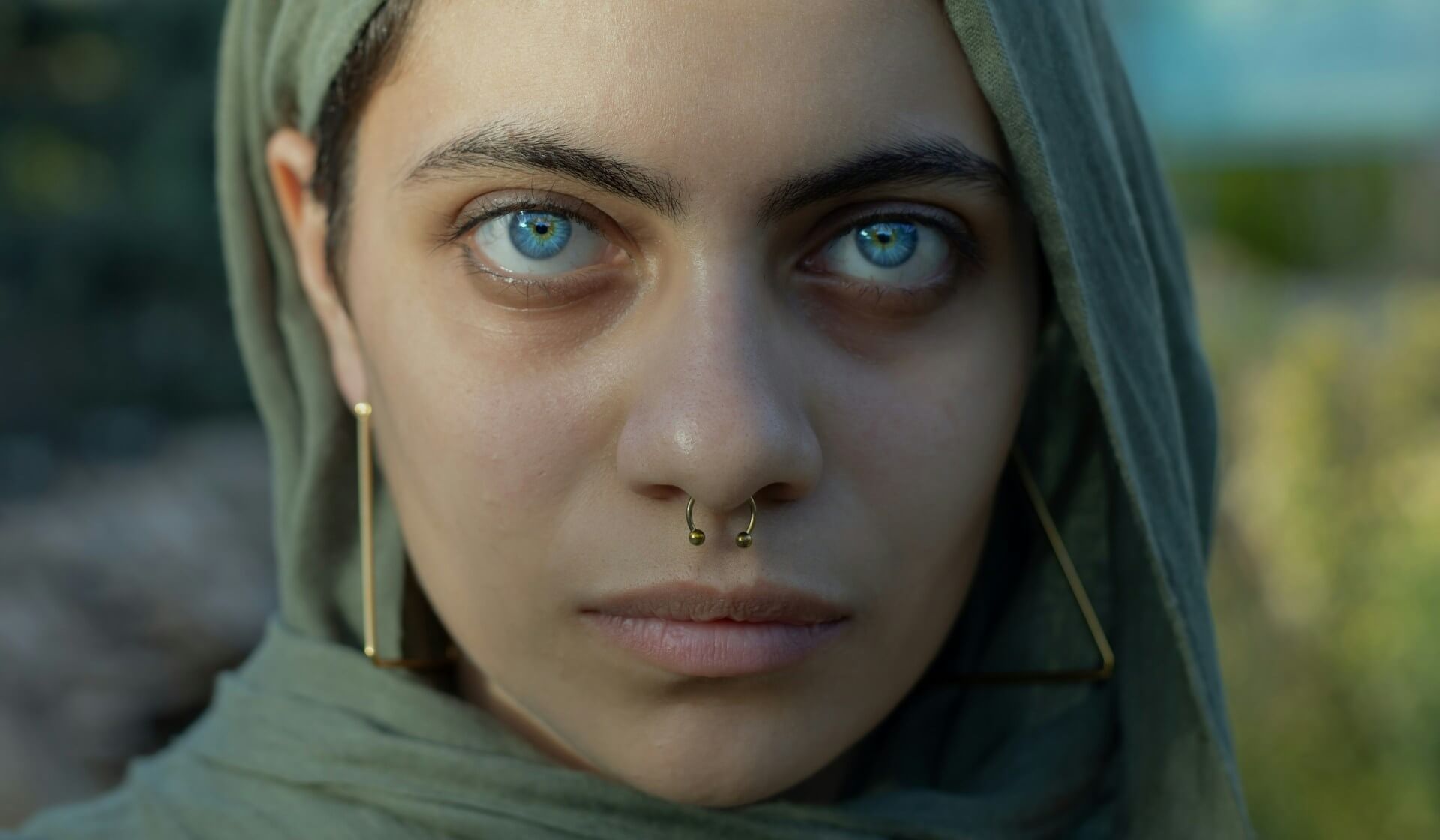
Blue Eyes in Africans
Blue eyes among Africans are extremely rare. The majority of Africans have brown or dark brown eyes. But blue eyes are present in certain African individuals.
This can be a result of natural genetic variation or ocular albinism. Blue eyes are inherited for generations in certain tribes or families. These are not common, but naturally occurring.
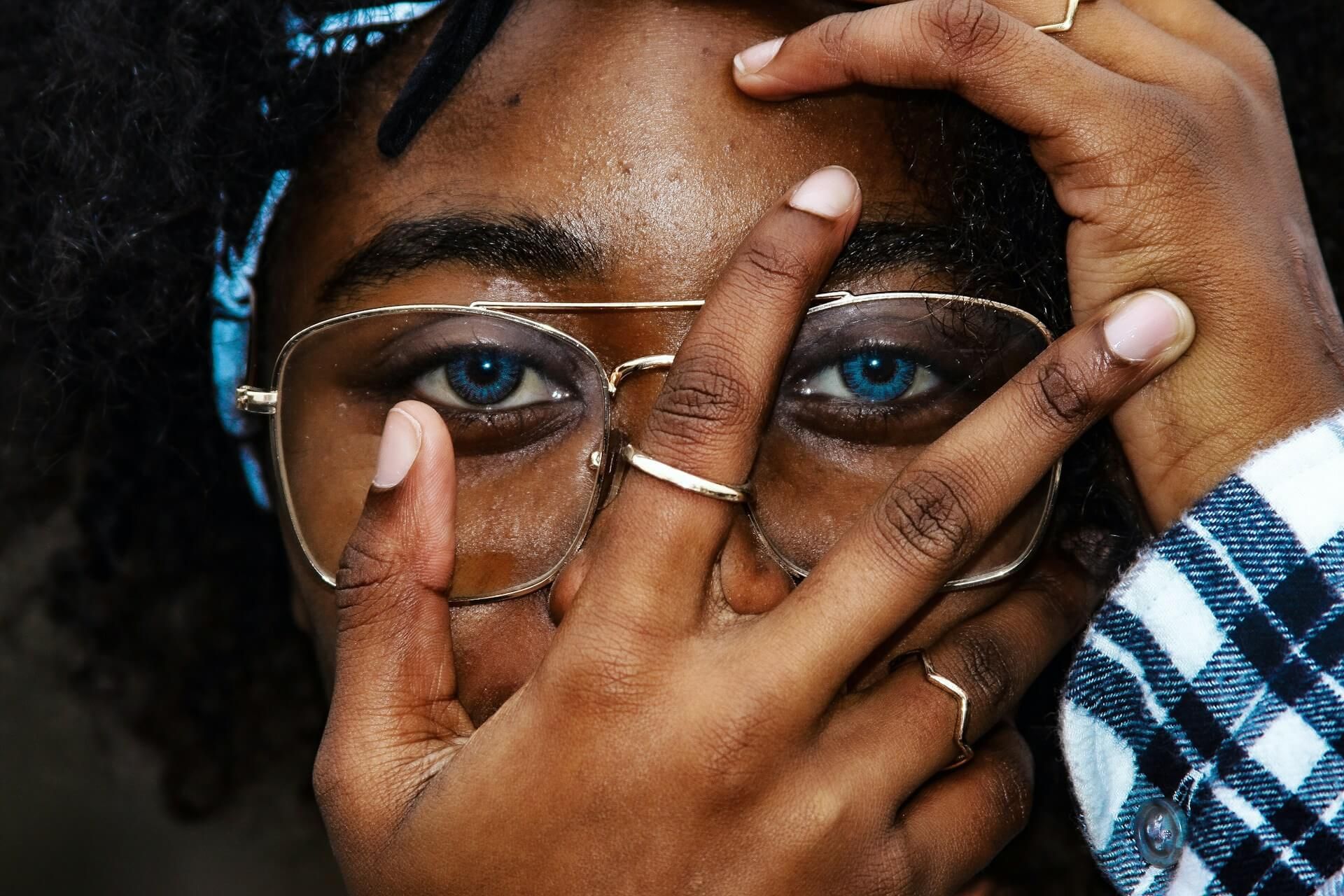
Black Person With Blue Eyes
Black individuals with blue eyes often surprise people. But it is real and possible. Some black individuals have genes from ancestors who had lighter eye colors.
If a child inherits the gene from both parents for blue eyes, then the child will have blue eyes. Genetics is complex. Eye color doesn't always come down to hard and fast rules.
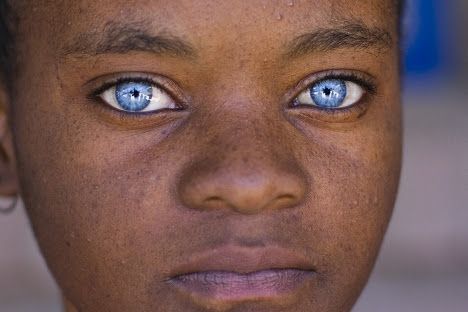
Native American With Blue Eyes
Pure blue eyes are not typically common among Native Americans. In the past, most had brown eyes. But there are some blue-eyed Native Americans today because of mixed heritage.
This may be from Europeans or subsequent immigration. Some Native American legends even talk of blue-eyed spirits or ancestors.
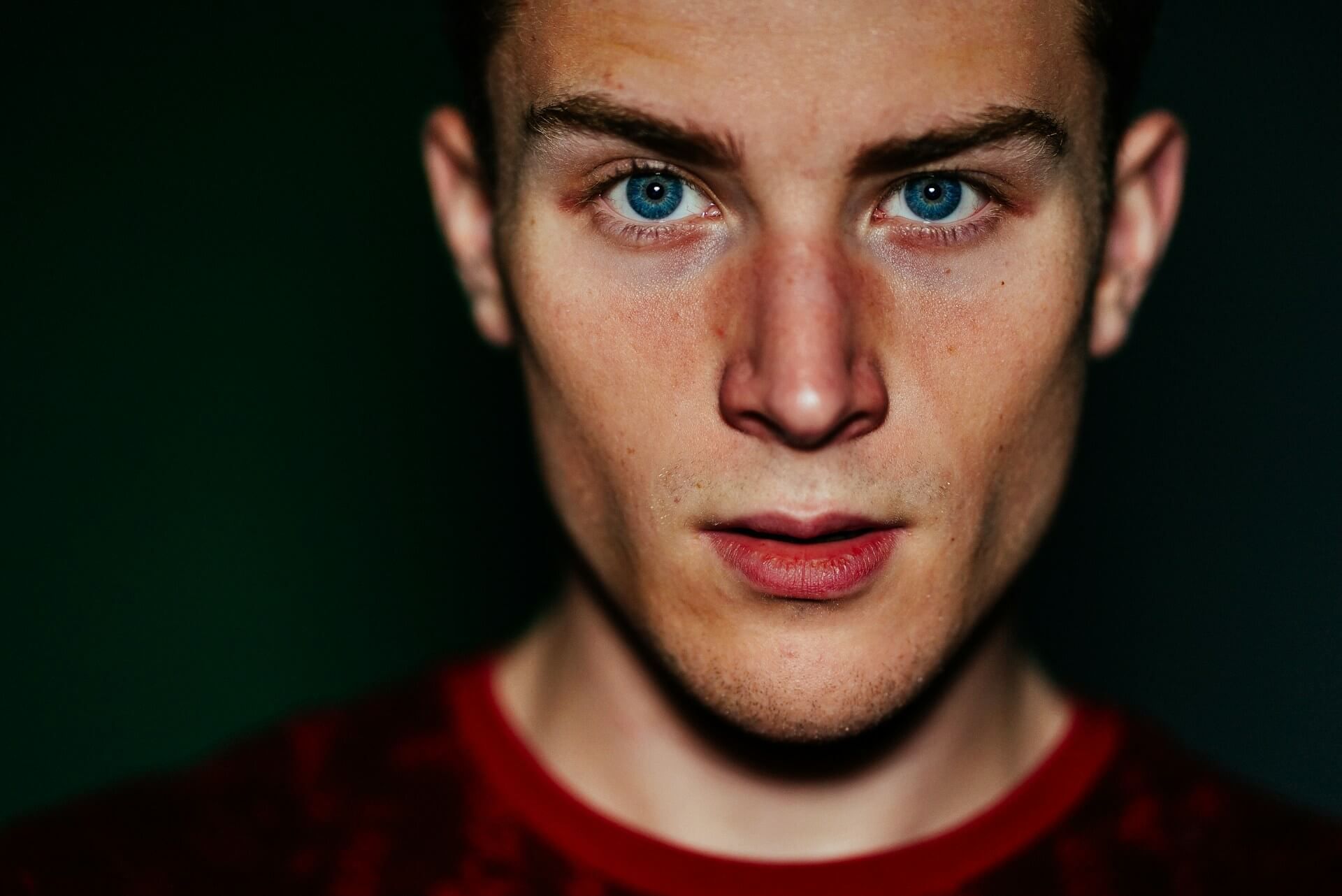
European Individuals With Blue Eyes
The most blue-eyed are those in Europe, in northern and eastern Europe in particular. In some countries, including Estonia, Finland, and Iceland, over 80% of the population is blue-eyed.
It is also very common in countries like Germany or Ireland. Blue eyes potentially began around 6,000–10,000 years ago in Europe due to one mutation.

Types of Blue Eyes
Not all blue eyes are the same. They are light, dark, and a mix of other colors. Let us look at the different types of blue eyes individuals have.
Blue Green Eyes
Blue-green eyes are a combination of blue and green colors. They look turquoise or teal. Light can cause them to look more blue or more green. Blue-green eyes are uncommon and highly noticeable. Individuals with blue-green eyes typically have a bit of both melanin and light reflection.
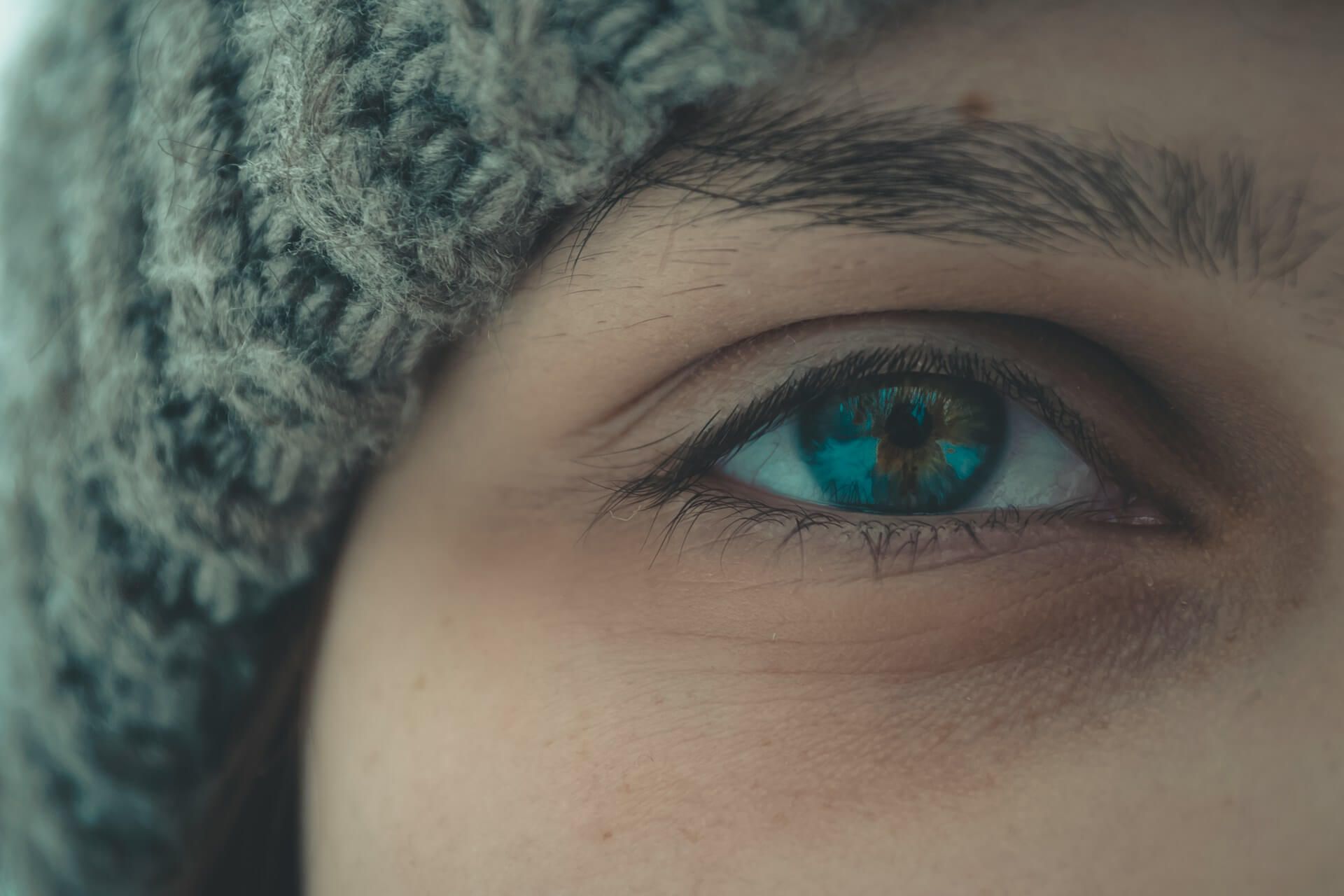
Dark Blue Eyes
Dark blue eyes contain a deep, rich blue color. They are not black, yet the blue is highly distinctive. This color results from a somewhat increased level of melanin over light blue eyes. Dark blue eyes are usually seen in individuals from northern Europe. They can look almost navy in low light.
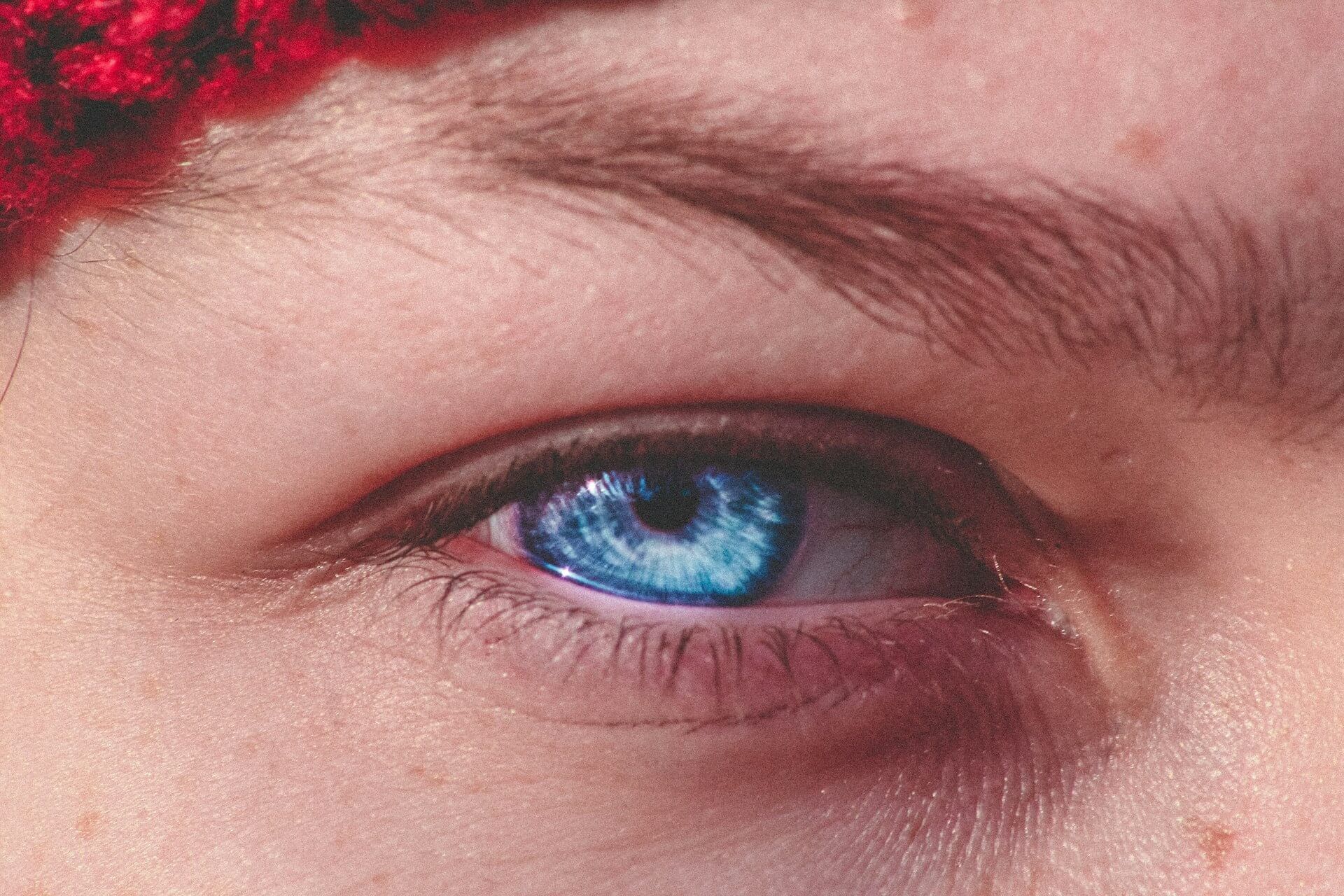
Blue Hazel Eyes
Blue-hazel eyes are a combination of blue and hazel. They can appear blue around the pupil and hazel closer to the rim. They can look varied based on lighting and attire. This is one of the rarest eye color combinations. It tends to occur in individuals of mixed European descent.
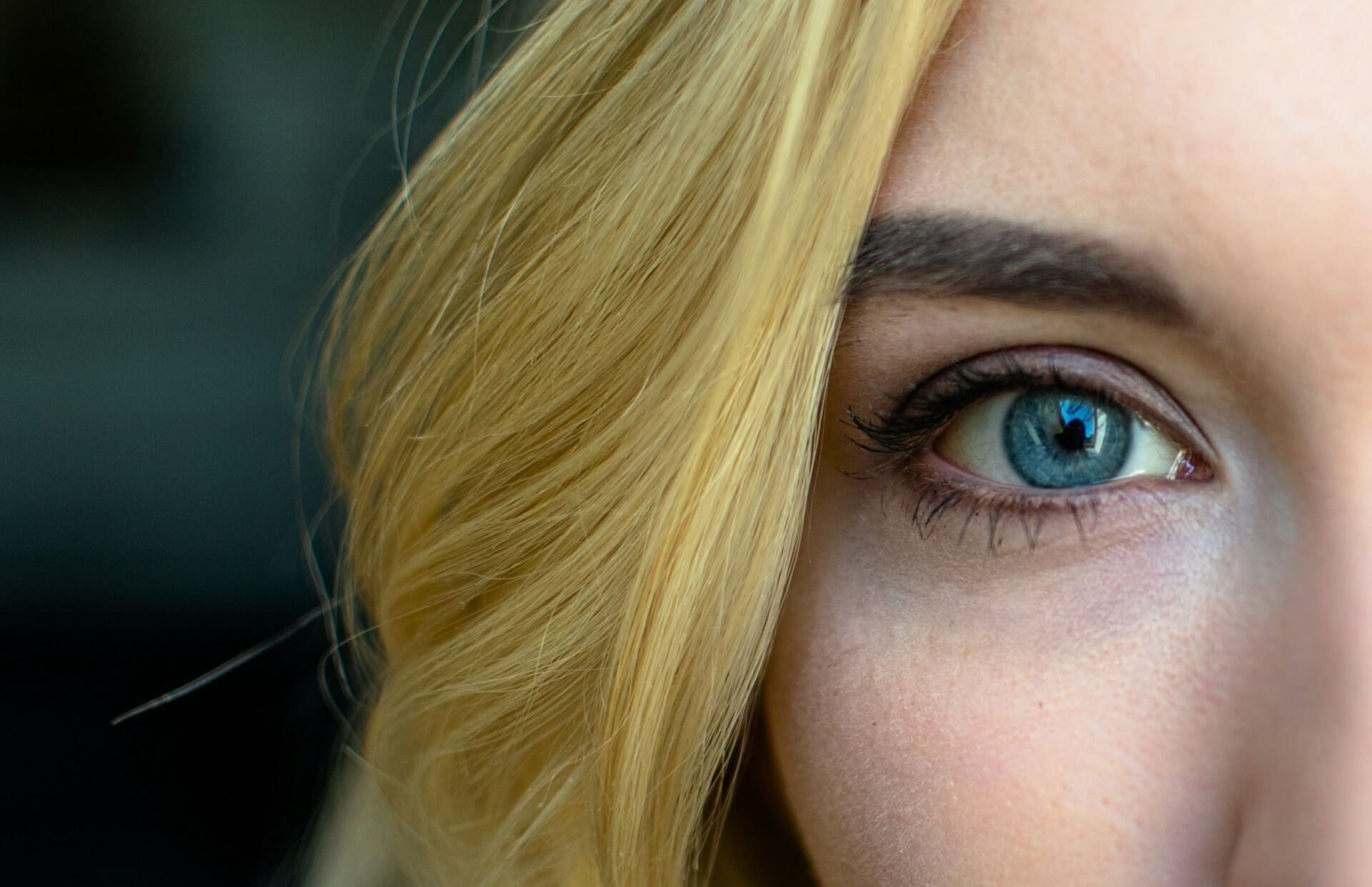
Blue Grey Eyes
Blue-grey eyes are cloudy and have a soft look. They can seem more grey in dim light and more blue in brighter light. Blue-grey eyes often change shades depending on mood or environment. This variety is common in Eastern Europe and Russia.
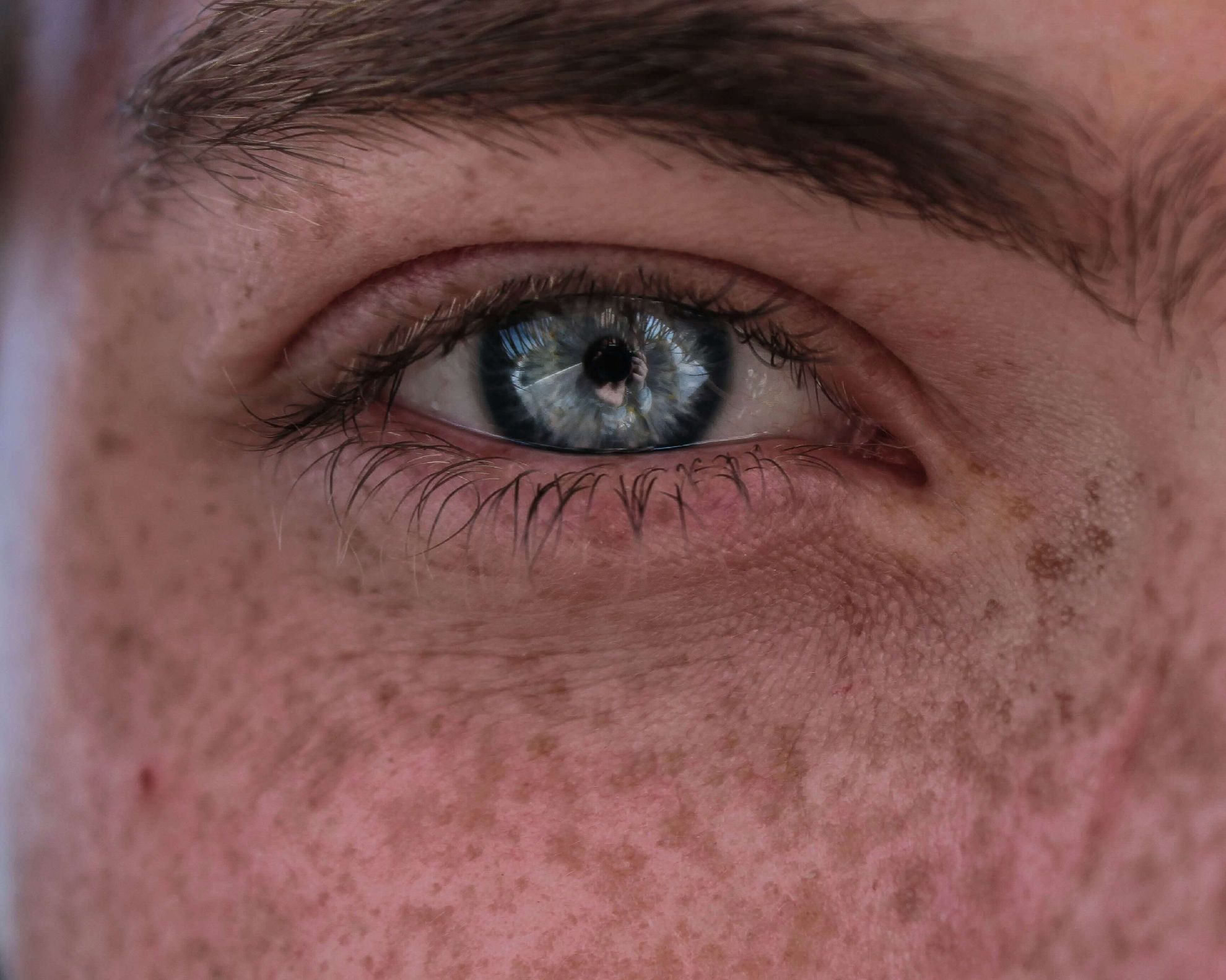
Deep Blue Eyes
Deep blue eyes are bright and intense. They reflect strongly and often look "electric" or icy. They are more dominant in young individuals. As we get older, our eyes become a bit dull. Deep blue eyes are often featured in the media and are thought to be extremely beautiful.

Celebrity With Blue Eyes
Several celebrities have blue eyes. These celebs maintain blue eyes in popular culture.
Miley Cyrus Blue Eyes
Miley Cyrus's blue eyes are bright blue. Her blue eyes are eye-catching and a factor that makes her daring. She even likes to apply makeup to enhance the color of her eyes. Fans complement her blue eyes in pictures and live performances.
Can Black People Have Blue Eyes?
Yes, black individuals can indeed have blue eyes. Although it is unusual, it does occur naturally.
Some black public figures and celebrities have blue or light-colored eyes. This is either due to mixed heritage or uncommon genetic characteristics.
Such distinctive features normally draw attention. But one must realize that all eye colors are lovely, regardless of race.
Central Heterochromia
Central heterochromia is the situation in which the middle section of the iris is not the same color as the outer part. This is an uncommon and beautiful trait.
Blue Eyes With Central Heterochromia
People with blue eyes and central heterochromia will occasionally have a golden or greenish ring around the pupil. The outer ring is still blue.
It gives the eyes a multicolored appearance. Lighting can enhance the effect even more. It's natural and not dangerous. Some people enjoy having it make their eyes appear more special.
How Many People Have Central Heterochromia
Central heterochromia does not happen very often. Only a few percent of individuals have it. There are no exact figures; however, it might happen in approximately 1 in 100 people.
It can occur in any eye color, but it is more apparent in slightly colored eyes like blue or green.
Blue Eyes: Fun Facts and Myths
- The blue eyes are claimed to have traced back to one of the descendants who lived in Europe 6,000-10,000 years ago.
- Some studies suggest blue-eyed people are more prone to alcohol and light.
- It is a myth that blue-eyed people are more emotional, but this is not scientifically proven.
- Another myth is that all the blue-eyed are relatives. Even though they have a common ancient origin, they are not related nowadays.
- Some cultures believe that blue eyes are magical or healing. In some regions of the globe, the "evil eye" is blue.
- Eye color changes slightly because of age, lighting, or mood. Some blue eyes will become greener or greyer due to their surroundings.
What Glasses Are Best For Your Eye Colour?
There are a number of styles and colors of eyeglasses available at Eyeweb that would suit blue eyes perfectly, or you can read this blog for more information on what color glasses you should get.
Best Color Glasses for Blue Eyes, Blonde Hair
Blonde hair and blue eyes would look stunning in warm colors frames.
Try glasses in:
- Light brown
- Champagne
- Rose gold
- Tortoise shell
These shades will increase the glow of your eyes and the warmth of your hair. If you like a soft look, then use the frames that are not very dark.
What Color Glasses for Blue Eyes
To enhance blue eyes, opt for cool frame colours.
Consider:
- Navy blue
- Slate grey
- Silver
- Crystal clear frames
These colours match or complement your eye colour.
Eyeweb offers fashionable frames in all of these colors. If you prefer strong contrast, you can try frames in red or deep green. Don't forget to choose glasses that suit your skin color as well. With proper frames, your blue eyes can sparkle even brighter.
Blue Eyes in Baby
Babies and their eyes bring many questions. Many think all babies are born with blue eyes. Others wonder if blue eyes are more sensitive. Let's explore.
Are All Babies Born With Blue Eyes?
Not every baby is born with blue eyes. But lots of them are, particularly those of European descent. The blue shade is because of low melanin at birth. It can change during the first year.
Do All Babies Have Blue Eyes at Birth?
No, infants born to African, Asian, or Latin parents tend to have brown eyes. They have higher melanin levels at birth. Eye color can shift during the first 6–12 months as melanin builds up.
Are Blue Eyes More Light-Sensitive?
Yes, blue eyes are more sensitive. They have sufficient melanin to shield against UV rays. Sometimes, individuals with blue eyes squint more in bright light. Sunglasses protect them.
Do Blue Eyes See Better at Night?
Some believe blue-eyed people have greater abilities to see better in the dark. But this isn't confirmed. Light-colored eyes can let more light through. That does not mean that they see better in the dark.
Good night vision does not only depend on the eye color, but also on other factors such as the health of the eyes and the light.
